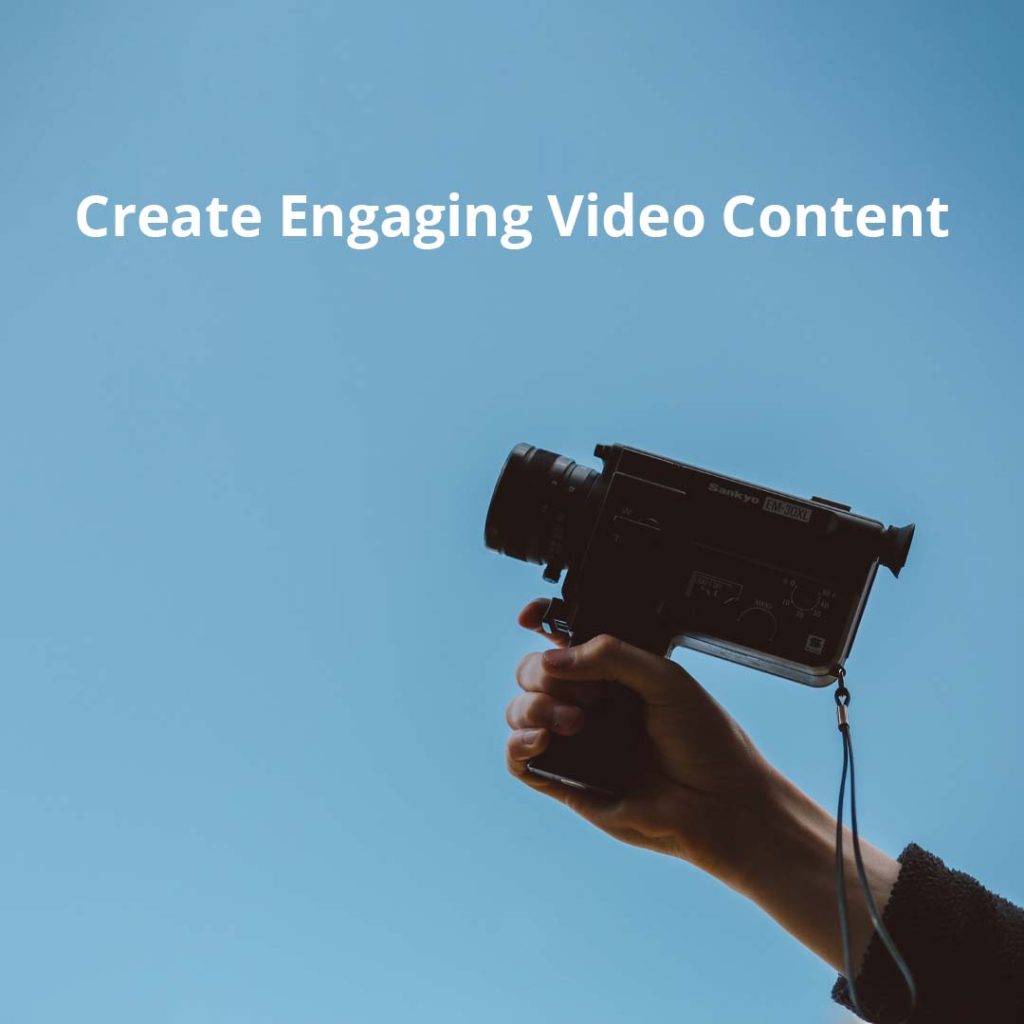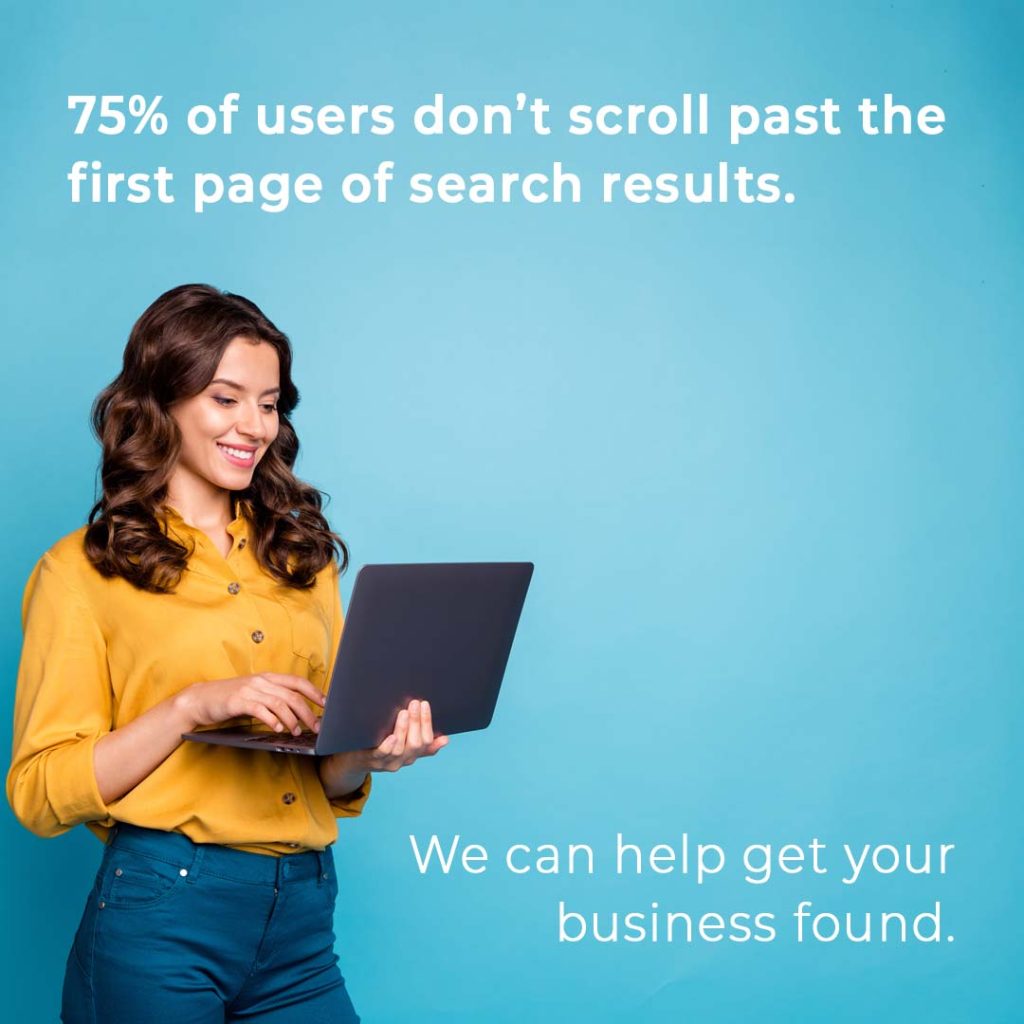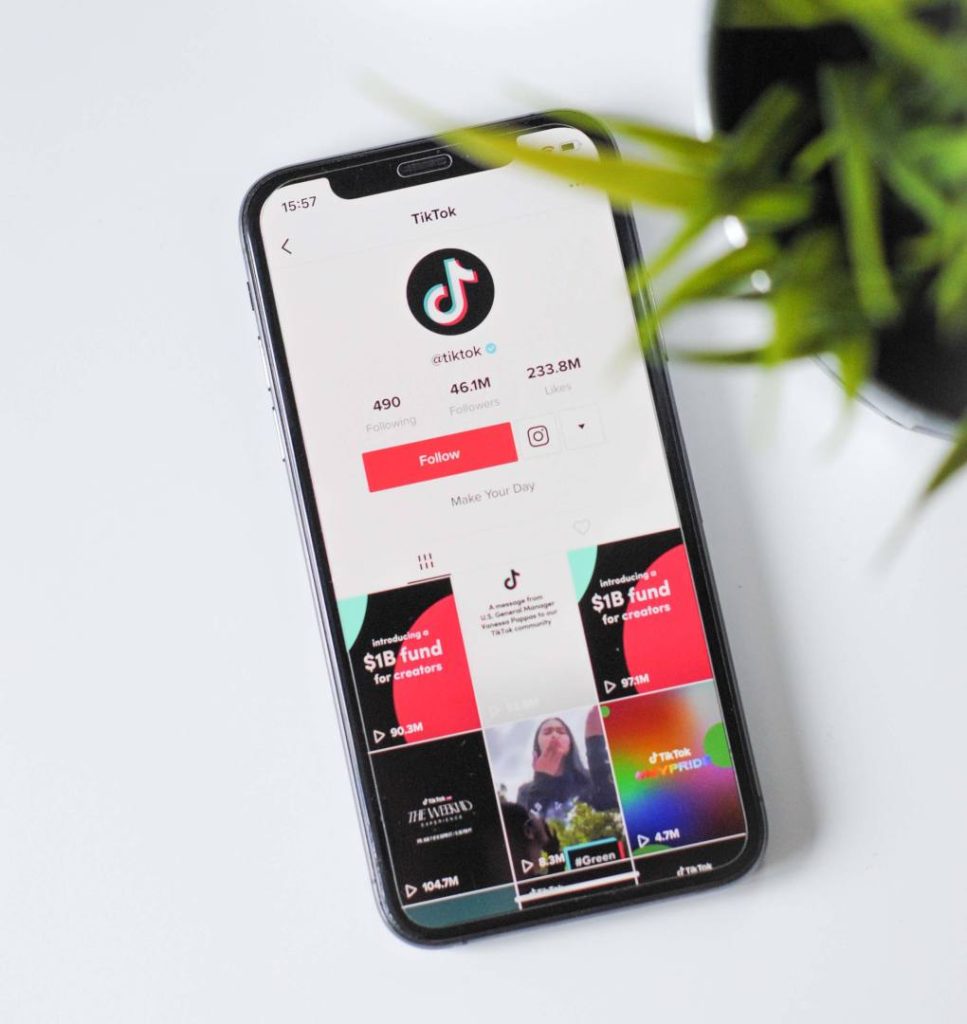8 Reasons Video Content Marketing Greatly Improves Your Sales
The growing popularity of video content marketing in blogs and other content continues as more people watch and share videos online and on social media. Brands and web page owners can use video content marketing to get their message across, increase traffic to their website, receive more quality leads, and optimize their conversion rate. Which results in a better return on investment on their advertising budget.
Video content marketing has evolved, and digital marketers need to understand the important role it has in their content marketing strategy. To be successful in today’s competitive business place, you need to know how to leverage video marketing to your advantage and create engaging videos for your target audience.
As experts in digital marketing strategy, we go over some reasons for using video content marketing to achieve those goals and some basic tips on creating engaging video content.

8 Reasons Why Video Content Marketing is Important
Brands and marketers can make and use several different types of videos to get their message out: video ads, webinars, sales videos, testimonials, tutorials, explained videos, and presentations. These videos can be embedded in blog posts, articles, and tweets. They can be published on YouTube and other video platforms, and then engaged with and shared by users on social media.
Whichever the video format, users and potential customers have been showing a preference for video. Here are eight key reasons to use video content marketing as your business strategy.
1. Video Content Marketing Increases Target User Engagement
Video is the most engaging type of content on social media. Engagement is anything from commenting, liking, and sharing content. Part of the reason for the higher engagement is that people love to hear stories. Presenters on video get to tell their stories straight to the audience as if they are right in front of them.
By commenting on videos, users may feel like they are a part of the conversation, and feel encouraged to take the call to action that your video content marketing has.
2. Opportunity to Offer Educational Content
Videos are even better than images at boosting information retention. 80% of users recall a video ad they had seen in the prior month. Viewers retained 95% of a message they received from watching a video, compared to retaining only 10% of a message from a text format.
Because of these statistics, the video format allows brands and marketers to educate viewers about their offerings and provide them with memorable information. As experts in digital marketing, we’ve also used video content marketing to create valuable educational content like the video above.
3. Users Prefer Video Content Marketing
A full two-thirds of people surveyed said they prefer to watch a video about a product or service to learn about it. Only 18% of people said they preferred to read text-based content or article rather than watch a video.
That means you should be viewing video as a unique opportunity to educate your target audience about your products or services. You can use these videos on your social media, email blasts, website, and of course, paid advertising.
When it comes time to create marketing videos, you need to determine your campaign goals first. There is a variety of pay-per-click (PPC) advertising campaign options with video content. If your business is B2B, target business professionals with video ads on Linkedin. If you are educating customers about your new product, use video content on Instagram or Facebook Ads, or Google Ads.
4. Build Trust With Your Target Audience
Good presenters on video talk to the audience in a conversational tone. As consumers, when someone talks to us one on one, it builds our trust in the presenter and the topic of the video. The story-telling aspect of video marketing mentioned earlier adds an element of authenticity to the brand.
Another great way to build trust with your audience through video content is to use a past customer testimonial. People trust online reviews at about the same rate as they trust reviews from their friends, so this offers a great opportunity to create engaging content that will encourage users to try your product or service.
5. Video Content Has More Mobile Appeal
According to a study, 96% of adults aged 18 to 29 own a smartphone. From the third quarter of 2020 to the third quarter of 2021, mobile traffic grew by 42%. On top of the increase in mobile users, 92% of mobile users shared video content with others.
All of these statistics together equal a great opportunity for brands and companies to use video to reach their target audience where they are connecting to the internet.
6. Increase Sales With Video Ads

E-commerce marketers have found that product pages with videos about the product increased sales by 144%. Product videos can explain the details of a product or service in a way that customers can understand.
By making a video about your product, you can increase conversions and have a better chance of making a sale.
7. Increase Your Return on Investment (ROI) For Your Video Content Marketing Campaign
Algorithms on social media sites like Facebook and Google give video ranking boosts, providing more exposure for marketers using video and making it easier and cheaper for marketers to reach potential buyers. Videos have helped marketers increase traffic, generate leads, increase sales, and generate brand awareness. 87% of marketers believe video has given them a good return on investment.
If you are seeking to get the most out of your paid advertising campaign, then video content marketing should be at the top of your priority list.
8. Videos Create Easily Shareable Content
People love sharing videos they like, whether it’s on social media such as Facebook, Twitter, or Instagram or messaging apps and texts. Videos get shared more than 12 times more than content with images and text without video.
These shared videos then get watched more and further increase engagement with your content and brand exposure. Posts and tweets with videos in them get more user engagement, so whenever people share anything that has a video, it is more likely to be seen and engaged and your content will be seen by more people.
Your video tone ultimately depends on your brand profile, but if you can include humor, it’s a great way to connect with a larger audience. If you do a great video that makes people laugh, or find relatable, then you might even go viral. This means thousands or even millions of people will see your video content advertising your brand.
How To Make Great Video Content Marketing
If you’re going to be making videos in-house, there are a few things to remember to make your videos memorable, shareable, and more likely to get your message across and convert the viewer into a buyer.
Keep Videos Short
According to advertising statistics published by Facebook/Meta, short videos tend to have the highest conversion rate. Attention spans are shortening and there has never been so much content for people to consume, so keep your content concise or you’ll lose your audience.
If you are going to create a video ad or customer testimonial, ideally they should be less than 30 seconds in length. You need to get your point across at that time, or else the majority of viewers will not make it through your message.
When placing a Call-to-Action in your video, make sure it is within the first 10 seconds of your video. While it may seem counter-intuitive, studies have shown that video content with early call-to-actions has better conversion rates compared to videos with CTA’s placed at the end of the video.
Create a Clear Message to Your Audience

Good video content marketing gets the point across without boring the viewers. Cutting out long introductions and getting straight to the point can lead to much more viewer retention.
If you’re making live videos, plan out your message and script in advance so there is less chance of rambling, awkward pauses, and needlessly stretching the video out longer than it has to be.
When creating your video, consider the problem that your business or service solves. What are your customer needs? Why should they choose your business over competitors? Identify the key pain points of your audience and work to address them with your video ads.
You will likely need a video to answer each question since the optimal video length is 30 seconds. Create a variety of videos that address the main questions and needs of your customers, and include some customer testimonials as well.
By using your most frequently asked questions, you can answer customer questions instantly and give them the confidence to take the next steps that your CTA calls for.
What The Experts in Video Content Marketing Are Saying
Recently, the Pitcher This! Podcast invited video content marketing expert, Ian Garlic, on the show to share his expertise and insight on the importance of video marketing in today’s marketplace.
Ian Garlic is the Founder of Video Case Story, the ultimate resource for using video in your business storytelling. Ian has built a career in multiple forms of media, including his online video marketing consultancy. He is also the CEO of authenticWEB, which works specifically with smaller businesses.
In his interview, Ian explains why video content marketing is essential to a brand’s online strategy, and how they can improve their video strategy. He speaks on:
- How using video helps businesses tell their unique story
- The cost of using video marketing and why it’s a great investment
- Retargeting your audience to find new customers
- What’s the optimal length of a video for different platforms?
- Why consistency is incredibly important for traction
His video content marketing and experience provide insight into the rising trend of video marketing and how a business can stay ahead of the curve with its strategy.
Show People in the Video
We’ve already established that humans are very visual, but the specific visuals that you choose to use are extremely important. They can increase or reduce the engagement levels within your target audience. Your video content should prioritize having human faces throughout the video. Your videos need to have faces in them for several reasons:
- Viewers tend to feel more comfortable looking at human faces
- People instinctively give the person in the video their attention
- Putting faces in content helps users and viewers to relate more to your message, brand, and content
- Faces can make people feel emotions — for example, smiling faces can make your viewers happier
There are plenty of times when an audio voice-over is not only acceptable but preferable. For instance, when you are showing graphics or slides or during long technical tutorials. But don’t forget to eventually have someone speaking directly to your audience to get your message across, especially in the introduction and at the end of the video.
By including human faces in your video content marketing, you can ensure that your advertising better connects with your target audience and has the desired effect.
Create Marketing Videos That Are Unique For Each Channel
There are numerous channels where you can post your video content marketing once it’s created. But just because you have a version of your video content doesn’t mean that you should post that content everywhere. You need to make sure that you create marketing videos that align with the channel you choose.
Instead, consider creating unique content for each of the channels that your business utilizes for its marketing strategy. Platforms like Tik Tok, Youtube, Linkedin, and Facebook are all much different and should ideally have unique video content created for each channel.
First, the user demographic is different for each platform and should be kept in mind when creating video content for the platform. Facebook and Linkedin tend to be more professional, while Youtube and Tik Tok tend to be more light-hearted.
Second, your video content should match the ideal length for video content on each platform. Facebook videos should be short and to the point since you have limited time to capture your audience’s attention. While Youtube offers a chance to create a longer video to engage your audience.
Here’s more insight into each platform’s demographic, audience size, and other important platform info.
Creating Video Content Marketing for Youtube
Youtube is one of the most popular platforms for video content. The platform has millions of videos and subscribers that use it daily. The ideal video length for Youtube ads is about 7-15 minutes, but it also largely depends on the type of video content. If your content’s purpose is to advertise and generate leads, we recommend keeping it shorter, ideally under 8 minutes if possible.
Youtube videos should be created for a 16:9 aspect ratio to make sure that your video is not cropped incorrectly. You should also always upload a Youtube video thumbnail of 1280×720 pixels.
Demographic: 67% of Youtube users are of age 18 – 34.
Creating Video Content Marketing for Facebook

Facebook has 2.93 billion active monthly users, making it the most used social network in the world. The platform has recently begun promoting video content more as its popularity increases. Currently, it’s estimated that 60% of US users use Facebook to watch videos and spend an average of 26 minutes a day doing so.
According to Hootsuite, Facebook recommends uploading videos with square (1:1) or vertical (4:5, 9:16, and 16:9) ratios.
Demographic: 56% of Facebook users are between 25 – 54, with about 54% being women and the other 46% are men.
Creating Video Content Marketing for Instagram
There are over 1.44 billion monthly Instagram users and it continues to be one of the fastest-growing social platforms. Recently Instagram has released Reels in response to the growing demand for video content. This new feature is meant to directly compete with one of their main competitors, Tik Tok. Currently, Instagram Stories and Reels max out at 15 seconds, and feed videos are recommended to be no longer than 26 seconds. For longer videos, users can choose to upload as IGTV.
The ideal Instagram Story and Reel size is 1080 x 1920 pixels, but for your Instagram feed, it’s better to use 1080 x 1350 px for portrait and 1080 x 608 for landscape.
Demographic: 62% of Instagram users are between 18-34, with 52% being male and about 48% being female.
Creating Video Content Marketing for Tik Tok

TikTok is one of the newest social platforms and it has grown the quickest due to the popularity of videos. It currently has 1 billion active monthly users and continues to grow rapidly. The platform only features video content and is immensely popular with younger users.
TikToks ideal video format is 1080 x 1920 px and can go up to 3 minutes in length. However, the ideal TikTok video length is under 30 seconds.
Demographic: 60% of TikTok users are between 16 – 24 years old. About 60% are female and about 40% are male.
Creating Video Content Marketing for Linkedin
Linkedin is a professional business network with 310 million monthly users. The platform is used most frequently by professionals to network and share career advice or industry insight. It is an ideal platform for B2B ad campaigns and provides a large audience of professionals for ad targeting. We cover the importance of Linkedin ads in our blog 9 Reasons To Use Linkedin Advertising For Your Business.
The ideal video format for Linkedin is 1:1 like Facebook, and video pixel size can be from 360 x 360 to 1920 x 1920. For Linkedin videos, the ideal length is under 30 seconds.
Demographic: 71% of Linkedin users are from 36 – 55 years old. In the US an equal percentage of women and men use the platform.
By understanding what channel you intend to use, you can create unique video content marketing for each channel that will perform better than one generic video posted across all the platforms.
Expert Video Content Marketing Help
These are just a few of the expert tips on video content marketing, how to use videos to appeal to your visitors and viewers, keep users engaged, get your content shared, boost conversions, and improve your return on investment.
Video content marketing continues to grow in popularity each year and is becoming an essential part of a successful marketing strategy. By getting ahead of this trend, you can keep your brand relevant and competitive. Soon, brands without video content will be considered obsolete, the same way consumers view brands with outdated or broken websites.

